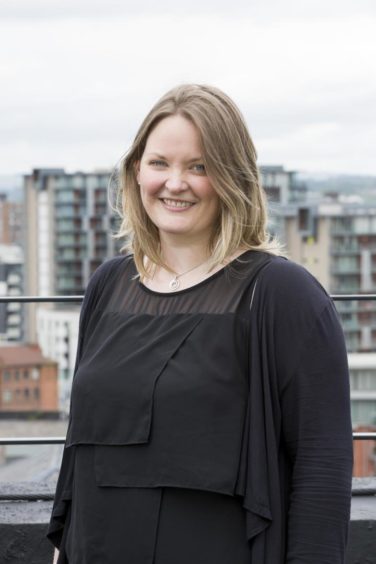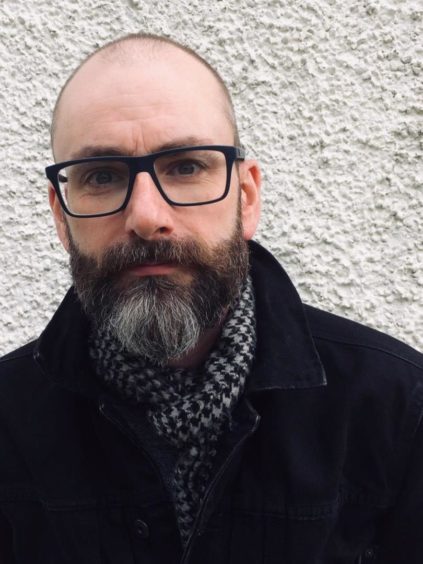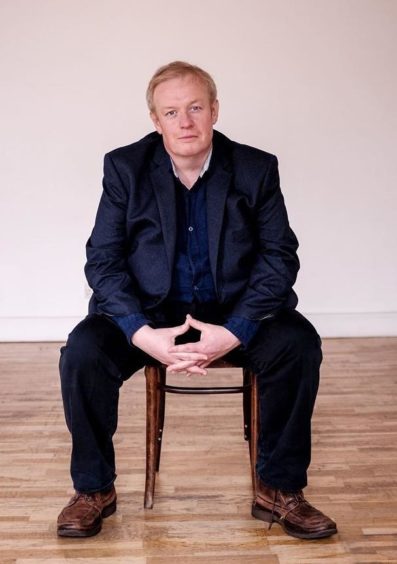“A Night by the River Tay is a celebration of nature, new writing and the exciting new work we produced last year,” says director Amy Liptrott, explaining how Shades of Tay, Pitlochry Festival Theatre’s series of planned live works themed around the river itself, has taken a long route to the stage, thanks to recent events.
“The pandemic made us all work differently,” she continues.
“Shades of Tay, a three-year mass engagement project, went online. Elizabeth Newman (Pitlochry’s artistic director) commissioned new writing from a fantastic group of writers, and we recorded them with our summer ensemble last year and premiered them online with original film footage of the River Tay.
“The hope was always to be able to perform the work live and, over12 months later, I’m delighted to be directing nine of the pieces for A Night by the River Tay.
“They look at our relationship with the natural world and how we find solace, hope and renewal in nature, and our beautiful amphitheatre puts the work back into nature after it started online. I hope the audience enjoy spending time amongst the trees, and find a wee bit of enchantment.”
A Night by the River Tay consists of nine short pieces by leading playwrights in one show, selected from the range of work which was originally submitted to and created online with Shades of Tay.
Liptrott gives examples of their themes: the often-overlooked fall of a leaf in Morna Young’s A Passing Dance; loss, regret and a moving forest in Douglas Maxwell’s Beautiful Boy; and how our relationship with nature is always there to renew in Chinonyerem Odimba’s We All Need Company Sometimes.
It started with a text…
Maxwell says he got involved with the project when he received a text at the beginning of lockdown asking him to write something 250 words long which involved the River Tay and an ‘enchanted forest’.
“If I remember right, I said I’d do it for free as long as I could use more than 250 words,” he says. “I can’t even write a text that’s less than 250 words, never mind a play.”
He submitted a 20-minute monologue from the ‘Wee Hings’ folder on his PC, and the next he heard was months later, when the recording neared.
“Beautiful Boy is a monologue play about a failed artist returning to his mother’s house by the Tay after her death. He’s hoping the homecoming will kickstart his inspiration, but every time he tries to paint the river the landscape changes.
“He starts to believe the forest is enchanted and is trying to swallow up the massive designer property on the opposite side of the river, where an old school crush of his lives with her famous, ex-footballer husband. He decides he has to head into the forest to save her and recapture her heart.”
The Tay as a silent friend
Odimba approached the project from the angle of someone who had never seen the Tay. “My earliest memories were of the rivers I played in as a child in Nigeria,” she says. “
“So I started to look endlessly at pictures of the River Tay. I loved the research, and the more I looked at the Tay and its journey and history, the more I felt that longing to be there.
“This longing became a big part of what I wanted to say in the piece, and the difficult grief that can lie in our feelings about places.
“We All Need Company Sometimes is a lyrical monologue that follows a woman drawn back to her home town, and the river she feels holds all her secrets.
“I wanted to write about the river as a silent friend, a thing that we can talk to and share our best and worst selves with, and that after cleansing us of those things we fear to say out loud, it carries on its own journey. I came across the description of a guided walk to the River Tay which talked about the unsteady ground, and I also couldn’t help but see that as a symbol for what we were going through last year.”
Peter Arnott, meanwhile, has written The Old Soldier in the Forest on a similar theme.
“What filled my head and heart thinking about the Tay was longing,” he says.
“To be there in that silence, with the river like metal the way it is sometimes, and longing for it all to be over.
“I thought about the end of a long war, and found myself daydreaming about an old soldier… alone, damaged in a way he’d never dream of sharing, and wondering what losses he might accidentally reveal, what anger he might be hiding, and what relief he felt at being back here.
“I think we’ve all been changed forever,” continues Arnott.
“I think people talking about getting ‘back to normal’ are either deluded or duplicitous. There’s no such place anymore. I wanted to dramatise that feeling, I suppose, in a few minutes in what is one of the most beautiful places on earth.”
- A Night by the River Tay is at Pitlochry Festival Theatre’s outdoor amphitheatre space until Friday September 3. More info at www.pitlochryfestivaltheatre.com




